The Americans With Disabilities Act (“ADA”) has now been in place for nearly 30 years. Within that time period, the ADA has become a familiar source of litigation not only in California but across the United States. What most are not familiar with is how ADA violations can result based on a business’s website or application.
ADA Claims in California
In the past, many ADA claims have involved a disabled individual experiencing a physical access barrier to a business or other establishment open to the public. These types of claims are premised upon a violation of Title III of the ADA which mandates that no individual may be discriminated against on the basis of disability in the full and equal enjoyment of the goods, services, facilities, privileges, advantages, or accommodations of any place of public accommodation. See 42 USC § 12182(a). Anyone who owns, operates, leases (or leases to) places of public accommodation may not discriminate on the basis of disability. See 42 USC § 12182(a). Discrimination can occur in multiple ways including (1) overly restrictive eligibility criteria; (2) failing to make reasonable modifications in policies, practices or procedures; (3) failing to provide auxiliary aids and other services to ensure no one with a disability is denied services or treated differently; (4) removing architectural barriers when removal is readily achievable; and (5) making alterations which are not readily accessible to, and usable by, individuals with disabilities.
In California, the Unruh Civil Rights Act (“Unruh”) protects many different types of civil rights including those of the disabled. It states that “All persons within the jurisdiction of this state are free and equal, and no matter what their sex, race, color, religion, ancestry, national origin, disability, medical condition, genetic information, marital status, sexual orientation, citizenship, primary language, or immigration status are entitled to the full and equal accommodations, advantages, facilities, privileges, or services in all business establishments of every kind whatsoever.” California Civil Code § 51(b). Other statutes have also been passed with the express purpose of protecting the rights of disabled Californians including the “Disabled Persons Act” (“DPA”). See California Civil Code § 54. While both Unruh and the DPA were passed with a similar purpose, most claims for disability violations are presented under Unruh because of the higher amounts of statutory damages ($4,000.00 per violation versus $1,000.00 per violation) and the more favorable attorney’s fees provisions. It is notable that a violation of the ADA constitutes a violation under both Unruh and the DPA.
Accessibility Claims Under The ADA By The Visually Impaired
With that background in mind, readers are likely still wondering what this has to do with websites or applications of a business. After all, you don’t physically visit a website or an application because they are not physical locations.
Well, we know that it is a violation of the ADA when a place of public accommodation fails to provide auxiliary aids or other services to ensure individuals with disabilities are not treated differently and to ensure effective communication with individuals with disabilities. This includes the blind who may need certain types of reading material provided to them or who may need material presented in a way that is accessible them. In other words, a website or mobile application needs to be presented to the public in such a way that the visually impaired can still access and use the information contained therein.
In recent years, District Courts across the country have interpreted the ADA as applying to websites and mobile applications. Some District Courts (including the 9th Circuit which covers California) have interpreted the ADA as applying to websites only when there is a nexus between the website and goods or services offered in a physical location. Even though customers predominantly access services through websites and mobile applications away from physical store locations, the Courts have found that this fact is not determinative. “The statute applies to the services of a place of public accommodation, not services in a place of public accommodation. To limit the ADA to discrimination in the provision of services occurring on the premises of a public accommodation would contradict the plain language of the statute.” Nat’l Fed’n of the Blind v. Target Corp., 452 F. Supp. 2d 946, 953 (N.D. Cal. 2006). The Department of Justice has also consistently affirmed the application of Title III of the ADA to websites of public accommodations.
If a business has a functioning website or application which directs customers to the business’s physical location(s) or provides services from such physical location(s), a Court will likely interpret that website or application as being covered by the ADA. If that is the case, what should a business do in this situation to avoid an ADA violation? Over the years, Web Content Accessibility Guidelines (“WCAG”) have been developed and revised which specify how the blind or visually impaired can access and use the internet. While it is not a guarantee by any means, if a business seeks to (and does) comply with these guidelines, all of their customers should be able to access and use their websites and mobile applications. If customers do not experience any barriers in using these online services, the business should be able to avoid running into ADA violations.
Filings of such ADA lawsuits have been trending upwards in recent years. They almost always catch businesses off guard as most have no idea that their website violates the ADA. As such, businesses open to the public should be diligent in reviewing their online presence and taking proactive steps to increase how user friendly their website or mobile application is to all customers.
Please note that this publication is for general information and education purposes only and does not constitute legal advice nor does it form an attorney-client relationship between the author and the reader. Laws concerning the subject matter(s) of this publication are subject to change and thus this publication may not contain complete or accurate information depending upon when the reader reviews it. Before taking any action based upon information or laws discussed in this publication, the reader should consult with an experienced attorney.










